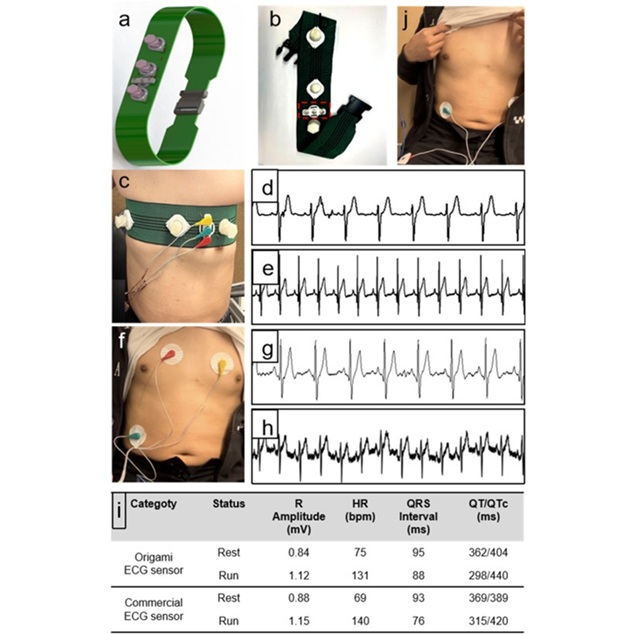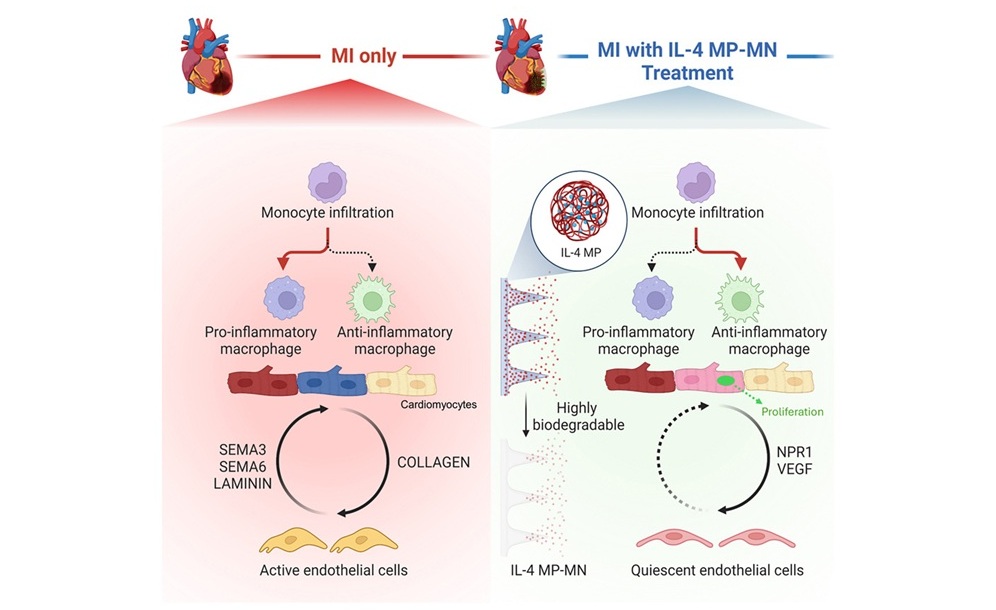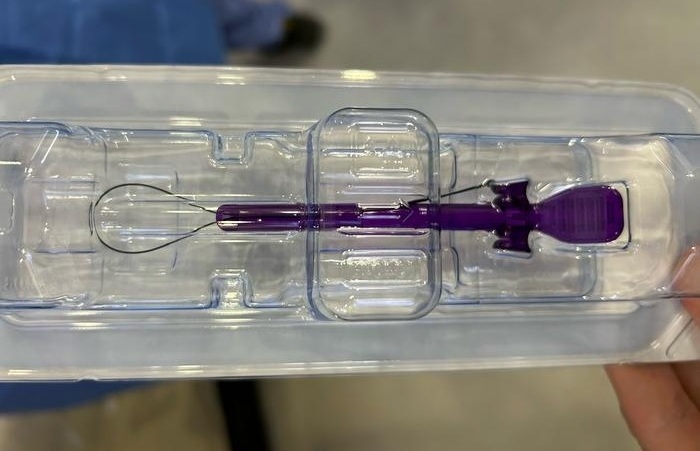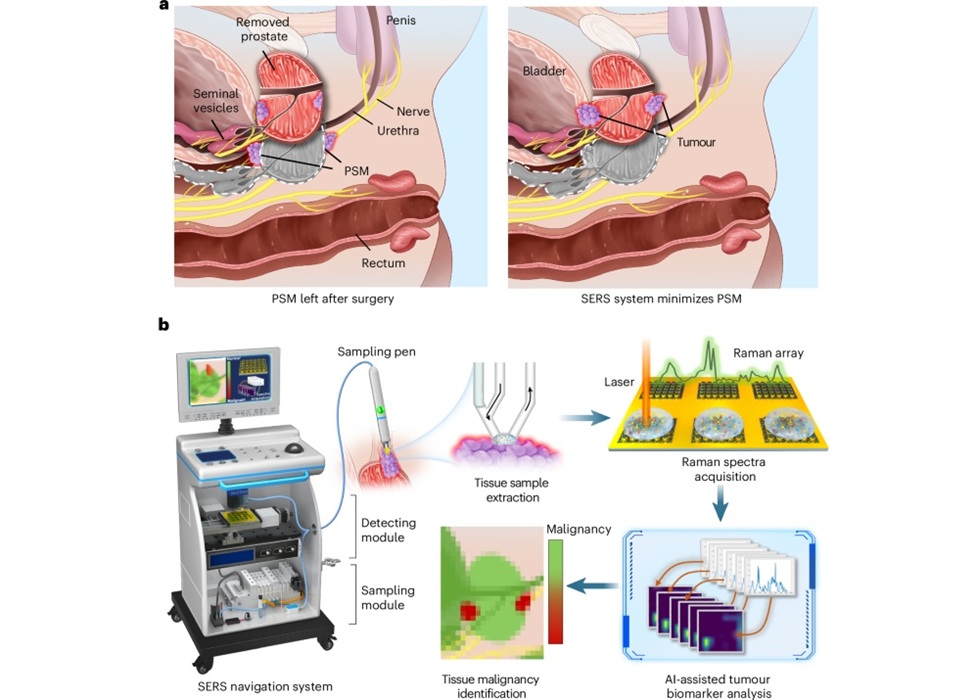Wearable Monitor Identifies Swallowing Disorders
|
By HospiMedica International staff writers Posted on 01 Jan 2020 |
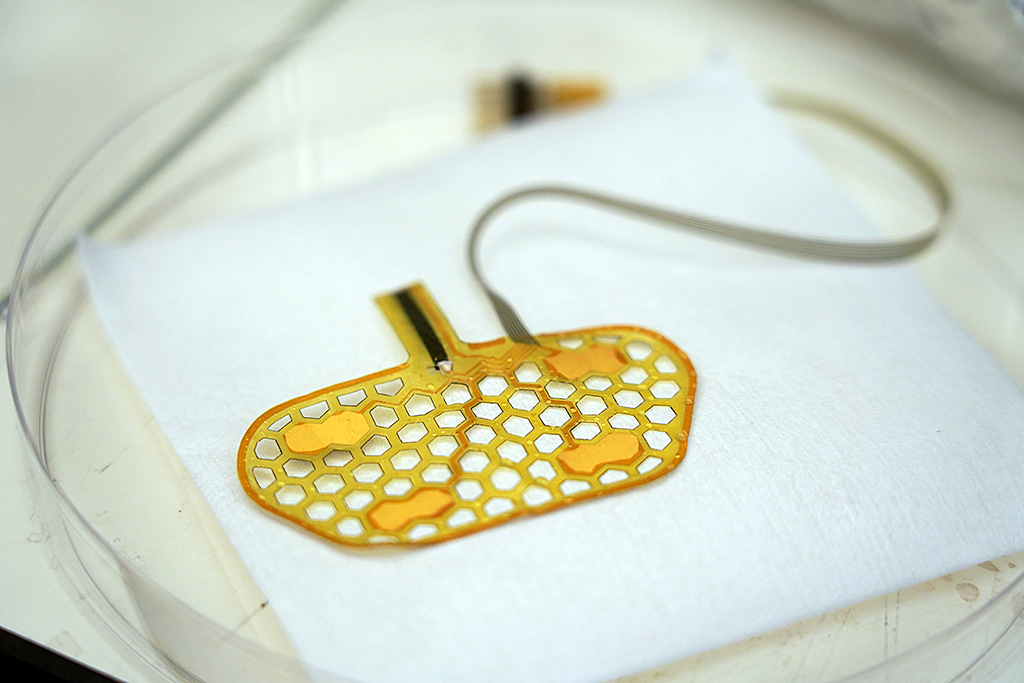
Image: The Curasis submental swallowing sensor (Photo courtesy of Purdue University)
A flexible submental sensor patch with remote monitoring capabilities helps in the management of oropharyngeal swallowing disorders.
Developed at Purdue University (Lafayette, IN, USA), the noninvasive skin-mountable sensor patch fits on the curvature of the submental area, providing simultaneous remote monitoring of muscle activity and laryngeal movement during swallowing tasks and maneuvers. The recording of the submental muscle activity is then sent wirelessly to separate unit (clipped on the wearer's shirt) so as to store it for later analysis by a doctor. The sensor patches are built with cheap disposable components, and are meant to be used about 10 times before they are thrown away. A study describing the device was published on December 13, 2019, in Science Advances.
Completion of a swallow requires the precise coordination of more than 30 pairs of muscles of the head and neck, six pairs of cranial nerves, and complex circuitry in the brainstem and several brain areas. Any disruption in these pathways can result in severe oropharyngeal swallowing disorders, also known as dysphagia. Swallowing rehabilitation requires frequent performance of both head and neck exercises that primarily rely on biofeedback devices, which are usually available only in large medical centers. This dearth directly affects treatment compliance and outcomes.
“Our device is unique in that we specifically created it to work well with the small and intricate muscles associated with swallowing events,” said Chi Hwan Lee, PhD, assistant professor of biomedical and mechanical engineering at the Purdue College of Engineering, and CTO of Curasis (Lafayette, IN, USA), which will develop the product commercially. “The sensor sticker is stretchable and flexible to work well with the skin and curvilinear head and neck shape, while the connected unit has electronic chips and more rigid components.”
Dysphagia is difficulty in swallowing that is sometimes classifies as a symptom, and in some contexts it is classified as a condition in its own right. It may manifest as a sensation that suggests difficulty in the passage of solids or liquids from the mouth to the stomach, a lack of pharyngeal sensation, or various other inadequacies of the swallowing mechanism. Dysphagia is distinguished from other symptoms like odynophagia (painful swallowing) and globus, the sensation of a lump in the throat. A person can have dysphagia without odynophagia, odynophagia without dysphagia, or both together.
Related Links:
Purdue University
Developed at Purdue University (Lafayette, IN, USA), the noninvasive skin-mountable sensor patch fits on the curvature of the submental area, providing simultaneous remote monitoring of muscle activity and laryngeal movement during swallowing tasks and maneuvers. The recording of the submental muscle activity is then sent wirelessly to separate unit (clipped on the wearer's shirt) so as to store it for later analysis by a doctor. The sensor patches are built with cheap disposable components, and are meant to be used about 10 times before they are thrown away. A study describing the device was published on December 13, 2019, in Science Advances.
Completion of a swallow requires the precise coordination of more than 30 pairs of muscles of the head and neck, six pairs of cranial nerves, and complex circuitry in the brainstem and several brain areas. Any disruption in these pathways can result in severe oropharyngeal swallowing disorders, also known as dysphagia. Swallowing rehabilitation requires frequent performance of both head and neck exercises that primarily rely on biofeedback devices, which are usually available only in large medical centers. This dearth directly affects treatment compliance and outcomes.
“Our device is unique in that we specifically created it to work well with the small and intricate muscles associated with swallowing events,” said Chi Hwan Lee, PhD, assistant professor of biomedical and mechanical engineering at the Purdue College of Engineering, and CTO of Curasis (Lafayette, IN, USA), which will develop the product commercially. “The sensor sticker is stretchable and flexible to work well with the skin and curvilinear head and neck shape, while the connected unit has electronic chips and more rigid components.”
Dysphagia is difficulty in swallowing that is sometimes classifies as a symptom, and in some contexts it is classified as a condition in its own right. It may manifest as a sensation that suggests difficulty in the passage of solids or liquids from the mouth to the stomach, a lack of pharyngeal sensation, or various other inadequacies of the swallowing mechanism. Dysphagia is distinguished from other symptoms like odynophagia (painful swallowing) and globus, the sensation of a lump in the throat. A person can have dysphagia without odynophagia, odynophagia without dysphagia, or both together.
Related Links:
Purdue University
Latest Patient Care News
- Revolutionary Automatic IV-Line Flushing Device to Enhance Infusion Care
- VR Training Tool Combats Contamination of Portable Medical Equipment
- Portable Biosensor Platform to Reduce Hospital-Acquired Infections
- First-Of-Its-Kind Portable Germicidal Light Technology Disinfects High-Touch Clinical Surfaces in Seconds
- Surgical Capacity Optimization Solution Helps Hospitals Boost OR Utilization

- Game-Changing Innovation in Surgical Instrument Sterilization Significantly Improves OR Throughput
- Next Gen ICU Bed to Help Address Complex Critical Care Needs
- Groundbreaking AI-Powered UV-C Disinfection Technology Redefines Infection Control Landscape
- Clean Hospitals Can Reduce Antibiotic Resistance, Save Lives
- Smart Hospital Beds Improve Accuracy of Medical Diagnosis
- New Fast Endoscope Drying System Improves Productivity and Traceability
- World’s First Automated Endoscope Cleaner Fights Antimicrobial Resistance
- Portable High-Capacity Digital Stretcher Scales Provide Precision Weighing for Patients in ER
- Portable Clinical Scale with Remote Indicator Allows for Flexible Patient Weighing Use
- Innovative and Highly Customizable Medical Carts Offer Unlimited Configuration Possibilities
- Biomolecular Wound Healing Film Adheres to Sensitive Tissue and Releases Active Ingredients
Channels
Critical Care
view channel
Nanogel Technology Almost 100% Effective in Destroying Drug-Resistant Bacteria Within Hours
Antibiotic resistance is one of the most serious global health threats, driven by bacteria that evade treatment and form protective biofilms that shield them from drugs. Pathogens such as Pseudomonas aeruginosa,... Read more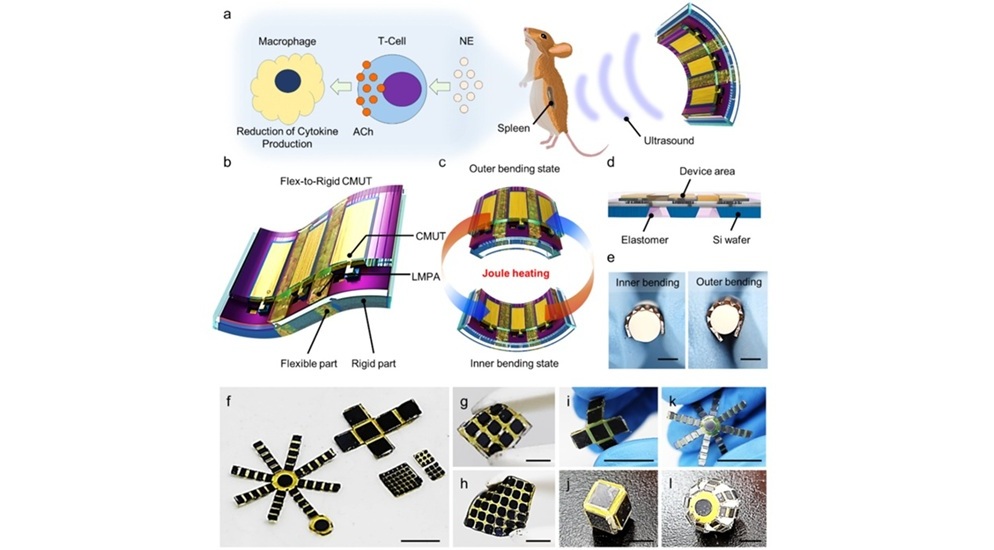
Wearable Ultrasound Sensor Delivers Noninvasive Treatment Without Surgery
Wearable ultrasound devices have long struggled with low acoustic power and poor structural stability, limiting their use in high-resolution imaging and therapeutic applications. Conventional flexible... Read moreSurgical Techniques
view channelNovel Endoscopy Technique Provides Access to Deep Lung Tumors
Detecting lung cancer early can save lives, but diagnosing small tumors deep in the outer regions of the lungs remains a major clinical challenge. Although CT scans frequently identify tiny suspicious... Read more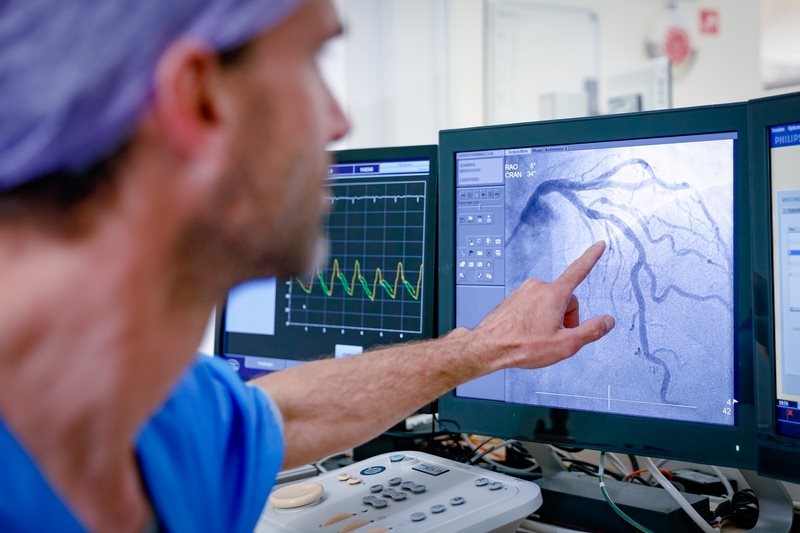
New Study Findings Could Halve Number of Stent Procedures
When a coronary artery becomes acutely blocked during a heart attack, opening it immediately is essential to prevent irreversible damage. However, many patients also have other narrowed vessels that appear... Read moreHealth IT
view channel
EMR-Based Tool Predicts Graft Failure After Kidney Transplant
Kidney transplantation offers patients with end-stage kidney disease longer survival and better quality of life than dialysis, yet graft failure remains a major challenge. Although a successful transplant... Read more
Printable Molecule-Selective Nanoparticles Enable Mass Production of Wearable Biosensors
The future of medicine is likely to focus on the personalization of healthcare—understanding exactly what an individual requires and delivering the appropriate combination of nutrients, metabolites, and... Read moreBusiness
view channel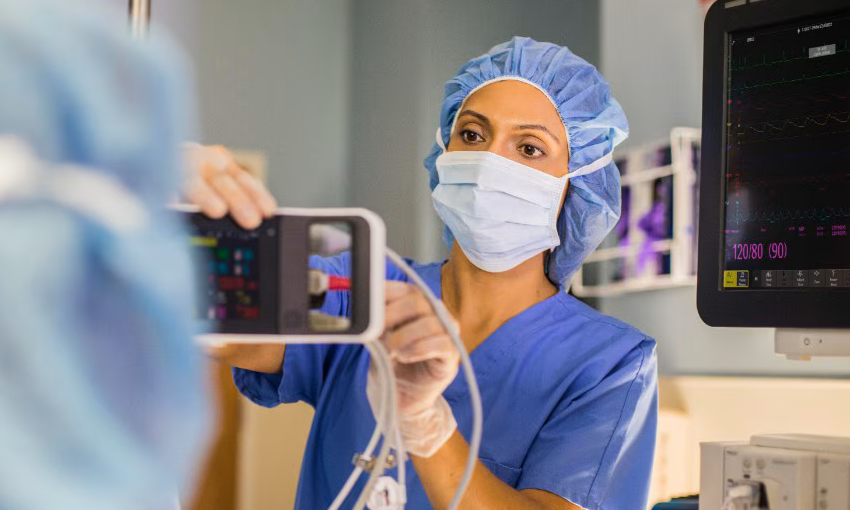
Philips and Masimo Partner to Advance Patient Monitoring Measurement Technologies
Royal Philips (Amsterdam, Netherlands) and Masimo (Irvine, California, USA) have renewed their multi-year strategic collaboration, combining Philips’ expertise in patient monitoring with Masimo’s noninvasive... Read more
B. Braun Acquires Digital Microsurgery Company True Digital Surgery
The high-end microsurgery market in neurosurgery, spine, and ENT is undergoing a significant transformation. Traditional analog microscopes are giving way to digital exoscopes, which provide improved visualization,... Read more
CMEF 2025 to Promote Holistic and High-Quality Development of Medical and Health Industry
The 92nd China International Medical Equipment Fair (CMEF 2025) Autumn Exhibition is scheduled to be held from September 26 to 29 at the China Import and Export Fair Complex (Canton Fair Complex) in Guangzhou.... Read more












